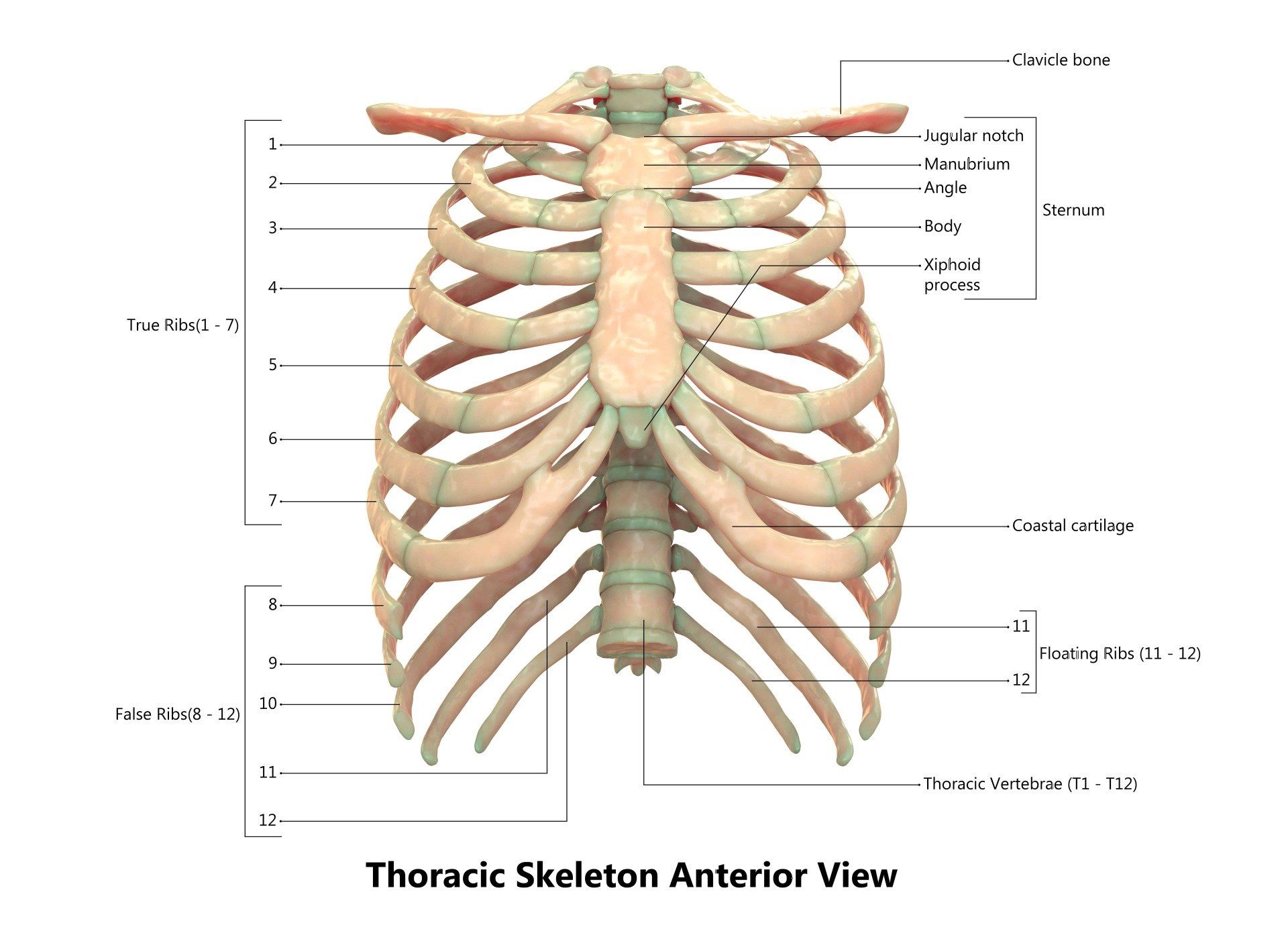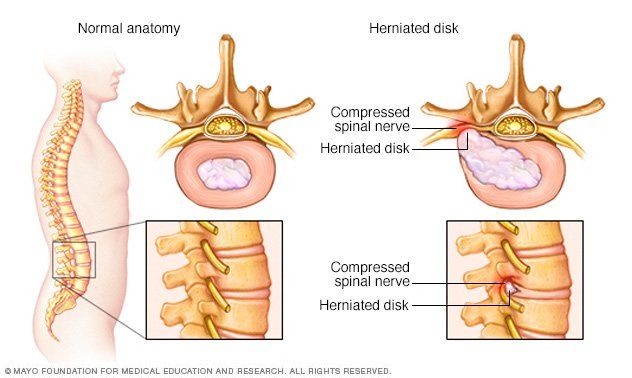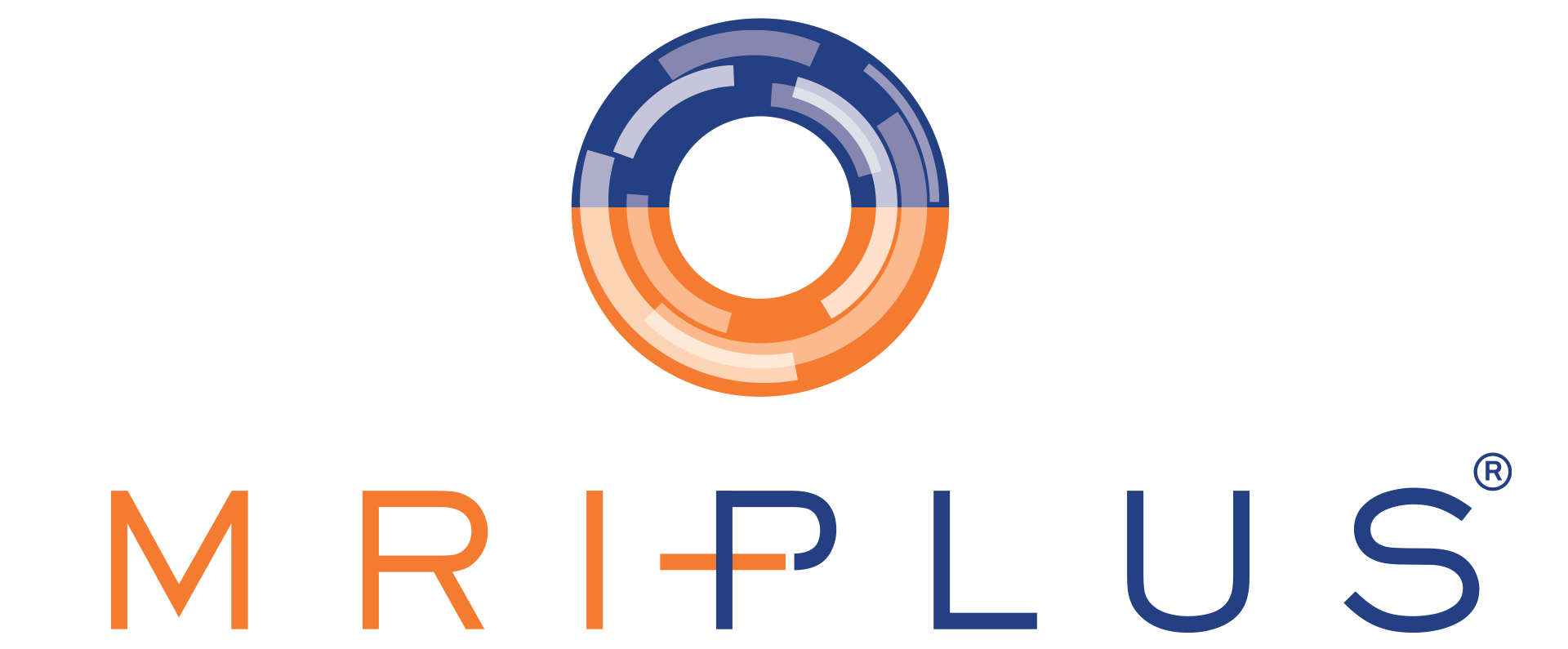Thoracic Spine Pain: Causes, Symptoms & Treatment
pietro • November 10, 2022
Understanding Thoracic Spine Pain With Its Causes And Treatment
Thoracic spine MRI is a procedure that can help properly diagnose what causes pain specifically on spines T1 to T12 which are attached to the rib cage. Thoracic spine back pain may arise from a number of causes, and if not diagnosed early, it may cause severe discomfort and lead to permanent disability. The earlier underlying causes can be identified, the sooner treatment can begin, thereby decreasing the risks of developing permanent disability and irreversible damage to the spine.
Thoracic Spine Pain: Causes
Of all documented spine injuries, injury to the thoracic spine occurs in 15% of patients, mostly females, which is about the same prevalence reported for the other regions of the spine, except for the cervical region which accounts for 55% of all cases. Thoracic spine pain has been demonstrated to have a higher prevalence among children and adolescents as well as older adults. Thoracic back pain may be caused by several factors, which includes the following:

- Trauma.
Injuries, particularly those caused by falls, slips, sports-related accidents, violence, and high-velocity vehicular accidents, can seriously damage the spine. The improper manner of lifting weights or other heavy objects can also lead to thoracic spine trauma. Trauma may also cause bones, joints, and discs to become dislocated. Among children, a common cause is wearing heavy backpacks.
- Muscular Irritation or Tension.
The thoracic spine is naturally bent outward while the cervical and lumbar regions, respectively located above and below it, are naturally bent inward, giving your spine a natural s-curve. When poor posture, whether in standing or sitting positions, is repeated daily or frequently, it unnecessarily strains muscles on and around the spine. Eventually, this can lead to pain on the spine while increasing the risk of permanently damaging it as well.
- Dysfunctions of Discs, Joints, and other associated Soft Tissues.
The most common cause is degeneration and bone loss which are associated with aging. Several genetic and developmental disorders, such as osteoporosis, thoracic stenosis, thoracic spine arthritis, and osteoarthritis, can also cause pain on the thoracic spine.
- Poor Physical Health.
A sedentary lifestyle may also be the underlying cause of chronic spine pain. Low muscular strength, most especially when a person is obese or overweight, strains the spine.
Thoracic Spine MRI And Treatment

Image Credits: mayoclinic
Thoracic Spine Treatment may include therapy, medication, and in the worst cases, surgery. In general, an MRI scan is most useful when anomalies involving the spinal cord and nerves in and around the thoracic spine is suspected or likely. An MRI is also recommended when symptoms such as muscle weakness, numbness, chronic spasm and other symptoms of the herniated thoracic disc are observed. An MRI scan among children 16 years old and below is reserved for cases where spinal cord injury is suspected, most especially following an accident or injury, and when signs of neurological damage are manifested. This is based on the clinical guidelines recommended by the National Institute for Health and Care Excellence.
Depending on the cause and severity, treatment for thoracic spine pain may include any one or combination of the following:
- Medication. Since muscle tension and spasm is a common cause of thoracic spine pain, patients who experience moderate to severe pain may be prescribed to take pain relievers to improve comfort and mobility. Moderate upper and middle back pain is typically treated with over-the-counter drugs like acetaminophen and ibuprofen. More severe pain in the area may be relieved by taking prescription pain relievers or steroidal injections. Steroids may also be used as a treatment for the herniated thoracic disc.
- Rehabilitation. Releasing muscle tension by stretching, massaging, exercising, and other forms of therapy also come highly recommended to relieve pain as well as to strengthen muscles in and around the thoracic spine. In cases where obesity may be the underlying cause of spine injury, weight loss will likely be prescribed. Acupuncture and chiropractic medicine are also acceptable practices.
- Thoracic Spine Surgery. There are many different types of thoracic spine surgery procedures, each one has a particular application. The decision will depend on the nature of spine injury, what causes it, and the degree of correction required.
Some procedures, like vertebroplasty or the injection of cement to the affected area to improve spine stability, are less invasive. Other procedures such as decompression to relieve pressure on the spine which is commonly caused by a herniated disc, may involve cutting through the spine via processes such as laminectomy and thoracotomy.
PAAs:
What is thoracic dysfunction?
Thoracic spine dysfunction is characterized as a chronic numbing and creeping pain originating from the spine that usually reaches the arms and legs. More typically, spines T4 to T8 or the mid-section of the thoracic spine are affected. Other common underlying causes are poor posture and prolonged sitting.
What does an MRI of the thoracic spine show?
An MRI of the thoracic spine provides a snapshot of the spinal cord, nerves, and discs along this mid-region of the spine. It will help a physician diagnose anomalies involving these parts, as well as soft tissues located in
the area.
the area.
Can MRI detect cancer in spine?
An MRI scan is generally good at identifying irregularities of non-moving body parts. If cancer has spread to the spine, an MRI will be able to detect tumors. However, if cancer is limited to the organs, like the heart, lungs, or stomach, all of which are constantly moving, then an MRI scan will provide little help to properly diagnose cancerous growth in these body parts.
How do you relieve thoracic back pain?
A physician will typically help a patient better manage pain first which, in turn, should improve movement and mobility. If the underlying cause does not pose serious disability, rehabilitation and increased physical activity will be prioritized.
Surgery is typically reserved for when non-invasive treatment interventions fail or when severe injury or fracture to the spine has already been identified. In any case, the benefits of treatment will be weighed against any potential side effects.
Surgery is typically reserved for when non-invasive treatment interventions fail or when severe injury or fracture to the spine has already been identified. In any case, the benefits of treatment will be weighed against any potential side effects.
References:
Mandadi AK and Weseem M. Pediatric Spine Trauma. Pediatric Spine Trauma. Treasure Island (FL): StatPearls Publishing. 1 Apr 2019. Link:
https://w w.ncbi.nlm.nih.gov/books/NBK442027/
Access Date: 5 May 2020 Briggs AM, Smith AJ, Straker LM< and Bragge P. Thoracic spine pain in the general population: prevalence, incidence and associated factors in children, adolescents and adults. A systemic review. BMC Musculoskeletal Disorder. 2009 Jun 29;10:77. DOI: 10.1186/1471-2474-10-77. Link:
https://www.ncbi.nlm.nih.gov/pubmed/19563667?dopt=Abstract
Access Date: 5 May 2020
Office of the Surgeon General, US. Bone Health and Osteoporosis: A Report of the Surgeon General. 2004. Link:
https://www.ncbi.nlm.nih.gov/books/NBK45506/
Access Date: 5 May 2020. Spinal injury: assessment and initial management. NICE Guideline. Feb 2016. Commissioned by the National Institute for Health and Care Excellence. Link:
https://www.nice.org.uk/guidance/ng41/evidence/full-guideline-2358425776
Access Date: 5 May 2020









